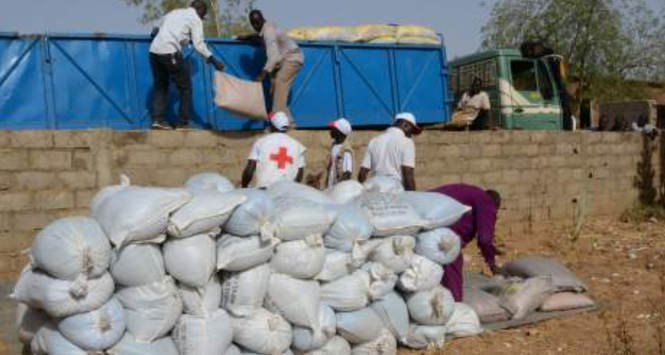
On 25 April 2012, the parties to the Food Aid Convention adopted their most sweeping revision to the text to date, including a change of name to the “Food Assistance Convention” (“FAC 2012”).
While little known to the general public, the Food Aid Convention was one of the oldest global treaties relating to disaster response (it was originally adopted in 1967) and the only one in which donor states had legally committed themselves to providing specific amounts of humanitarian aid in specific ways. Since its previous revision in 1999, however, the convention had been kept on virtual life support – with a series of one-year extensions postponing a built-in expiration date – pending negotiations on a change of approach.
The new FAC 2012 still commits signatory states to provide a minimum amount of food assistance to the most vulnerable people. However, it departs from its predecessor in a number of ways. FAC 2012 is no longer as focused on a model of long-distance delivery of grains, but rather encompasses a wider range of programming options, whereby assistance should be purchased locally or regionally where possible, should not be tied to food grown in the donor state, nor monetised in order to generate local funds (unless there is an identified need to do so), and should be provided in fully grant form wherever possible. The form of humanitarian assistance under the new treaty and its Rules of Procedure and Implementation extends to foods of various kinds and products that contribute to meeting food needs, including cash and vouchers and other nutritional interventions. In addition, a reference to products that protect livelihoods in emergencies potentially allows for a wide form of assistance, such as seeds and tools. The new treaty also places explicit emphasis on key humanitarian principles, as well as on principles of food assistance effectiveness, quality control and accountability, demonstrating a positive advance for the sector.
However, there remain some uncertainties within the framework of the new treaty. Most prominently, the new system is open to changing commitments by each party on an annual basis, in contrast to the fixed annual quotas expressed in terms of tonnes of wheat from the prior version of the convention.
Additionally, FAC 2012 did not take a step that had been advocated quite widely, namely to open up membership of the Food Assistance Committee to non-donor countries, in order to help improve fairness and effectiveness, especially with respect to needs assessment and selecting the most appropriate interventions. Annual reports of state parties, which are required to list the contributions provided every year, will not be publicly available, although a summary of all parties’ reports will be published annually, resulting in little additional transparency compared to the previous treaty. Finally, it is not clear how FAC 2012 will interact with the existing food security architecture, such as the UN High-Level Task Force on the Global Food Security Crisis, the Committee on World Food Security and the global Food Security Cluster. It is interesting to note, therefore, that the Committee formed to govern FAC 2012 is required to undertake an assessment of the treaty’s relevance every fifth year after it enters into force.
Outside the context of emergency assistance, food assistance under FAC 2012 is framed as clearly linked to the expansion of domestic food security national strategies, recognising that long-term assistance should also link to relief and recovery, and seek to prevent re-occurring food crises.
FAC 2012 will be open for signature until 31 December 2012. It will enter into force on 1 January 2013 if it is accepted, approved or ratified by at least of the five signatories to the Food Aid Convention 1999, by 30 November 2012.